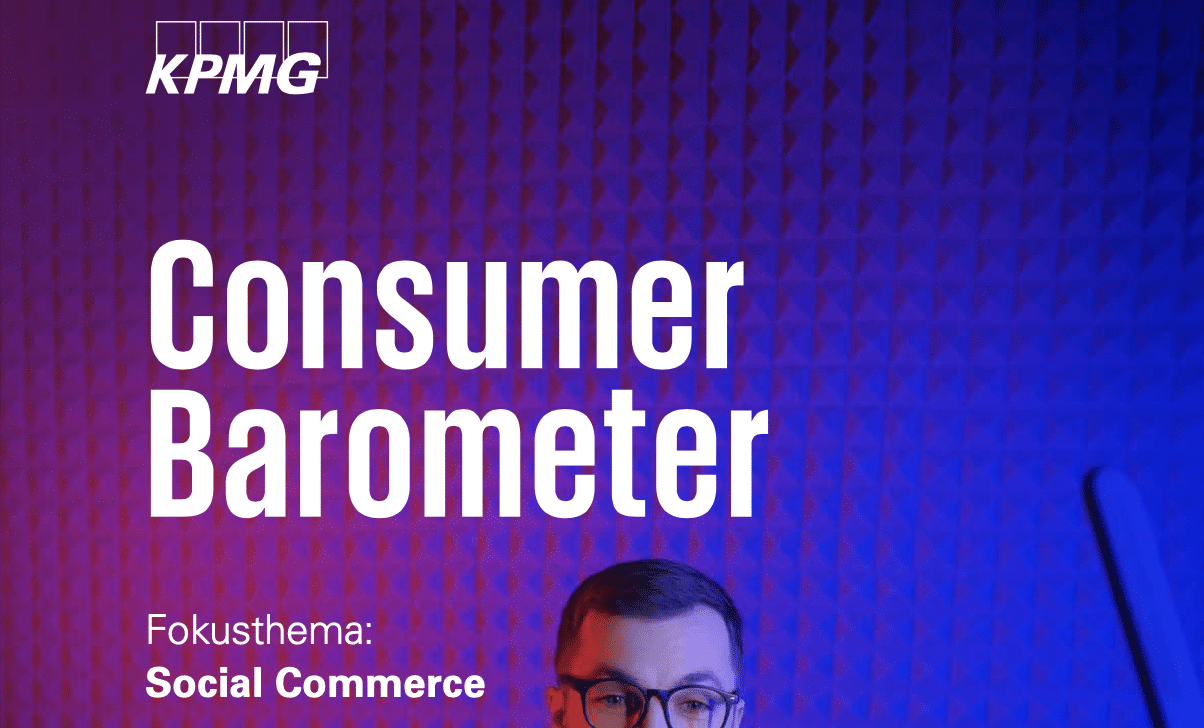Social Commerce 2024: Opportunities, Trends, and Success Factors for Businesses
Social Commerce is no longer just a trend – it has firmly established itself among the wider consumer base. According to the latest KPMG Consumer Barometer 01/2024, over 70% of respondents have already purchased a product via social commerce channels, while only 13% reject this form of shopping. In times of inflation and restrained spending, Social Commerce offers companies the chance to drive sales through authentic communication and smart channel strategies.
But what exactly makes Social Commerce so effective? Which channels work best? And how should brands craft their messages to boost trust and purchasing intent?
What is Social Commerce – and why is it so relevant?
Social Commerce refers to purchasing products directly via “social” online channels such as Instagram, TikTok, YouTube, Live Shopping, Virtual Reality, or online games.
The key advantage: consumers receive product information in a personal, often interactive context – and can often complete the purchase directly within the channel.
With 87% potential users, Social Commerce is a true mass-market phenomenon in Germany. Particularly purchase-ready are the so-called “Lovers” – a younger, high-income target group that values community interaction.

The most important Social Commerce channels in 2024
According to KPMG, the company website remains central – acting as a digital business card that combines emotion and information. Social media platforms like Facebook, Instagram, and YouTube are also crucial for reach and purchase incentives.
Emerging formats such as TikTok, live video shopping, virtual reality, and in-game commerce are growing rapidly and will become increasingly relevant.
Crafting effective Social Commerce messages: A mix of heart and mind
The key to success lies in combining emotional and rational messages. While consumers want inspiration, they also need concrete facts such as pricing, product information, and service details.
Trust is central: recommendations from friends, family, experts, or verified buyers are seen as most credible. Among company-led communications, employees are more effective messengers than influencers.
Positive brand effects
When used strategically, Social Commerce can…
-
enhance brand perception as authentic and responsible,
-
increase customer satisfaction,
-
reduce return rates,
-
and stimulate impulse purchases – 63% of Social Commerce purchases are unplanned.
In a saturated market, this represents a valuable opportunity to attract new audiences and strengthen existing customer relationships.
Conclusion: Make Social Commerce a strategic priority now
Social Commerce is no longer a “nice-to-have” – it’s a vital sales channel that can address classic e-commerce weaknesses such as lack of trust or insufficient product information. Companies that invest now in a cross-channel, authentic, and well-structured Social Commerce strategy can secure both short-term revenue growth and long-term customer loyalty.
✍️ About the Author
Annalena Sommer is an expert in digital consumer trends and market development. With an interdisciplinary background in psychology, sustainability science, and market research, she analyzes how companies can understand and successfully address consumer needs in the digital space.